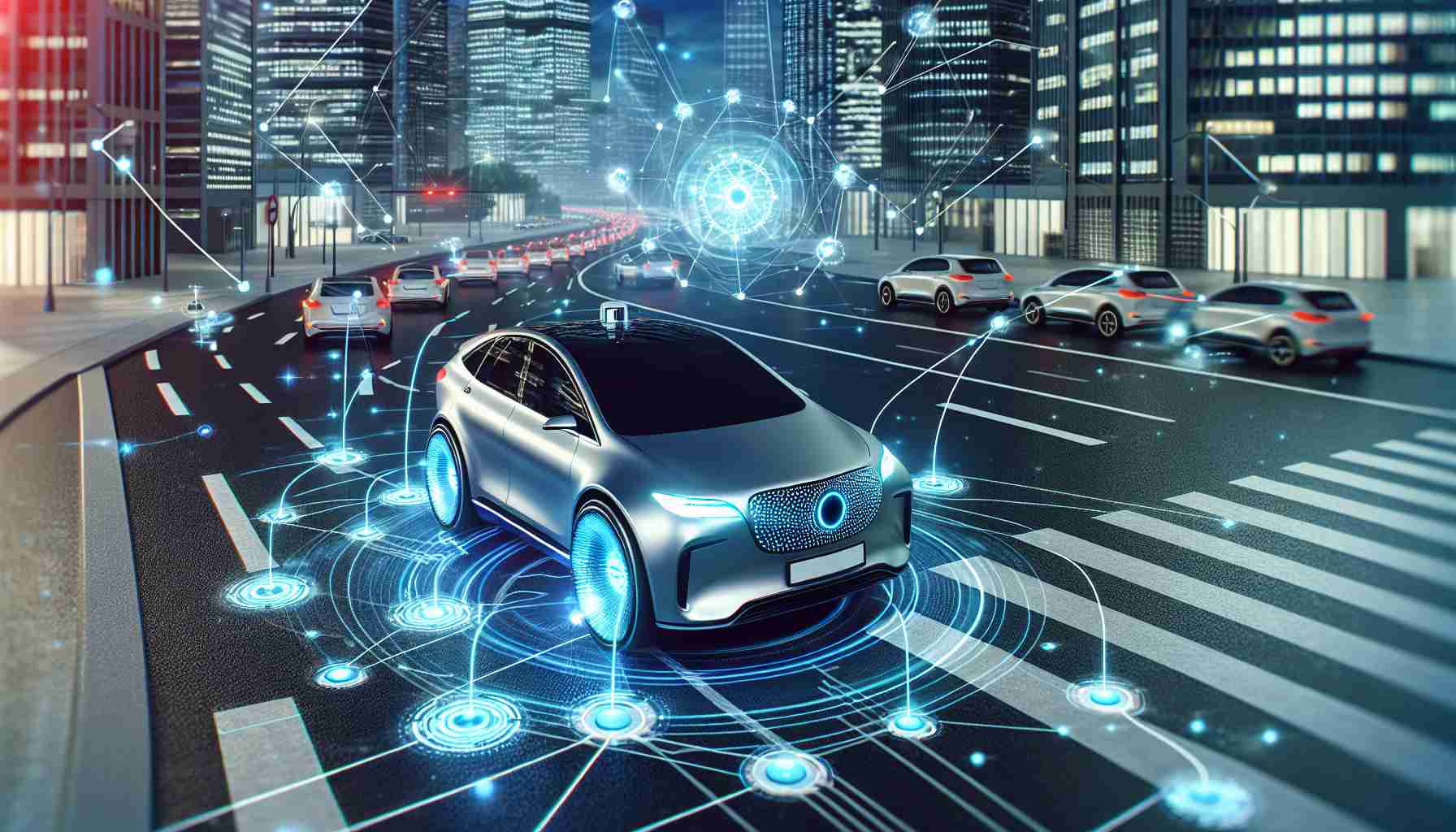Blitz News Digest
Stay updated with the latest trends and insights.
Navigating a Driverless Future
Explore the thrilling world of driverless technology and discover how autonomous vehicles will reshape our cities and lives!
Understanding the Technology Behind Autonomous Vehicles
Understanding the technology behind autonomous vehicles involves a deep dive into various cutting-edge technologies that work in harmony to enable self-driving cars. At the core of these vehicles is a sophisticated sensor suite that includes cameras, radar, and lidar systems. These sensors collect real-time data about the vehicle's surroundings, allowing for accurate mapping and object detection. The data collected is then processed using advanced algorithms that enable the vehicle to make informed decisions based on its environment, ensuring safety and efficiency.
Another crucial component is the artificial intelligence (AI) systems that power autonomous vehicles. These systems use machine learning to improve their performance over time, allowing the vehicle to learn from past experiences and adapt to new scenarios. Additionally, connectivity features enable vehicles to communicate with each other and infrastructure, further enhancing situational awareness. As the technology behind autonomous vehicles continues evolving, we can expect significant improvements in safety, traffic efficiency, and overall autonomous driving experience.

The Impact of Driverless Cars on Urban Mobility
The advent of driverless cars is poised to revolutionize urban mobility, drastically transforming how we navigate cities. As these autonomous vehicles become more prevalent, we can expect a significant reduction in traffic congestion and improved road safety. By utilizing advanced algorithms and real-time data, driverless cars can optimize routes, reduce travel times, and minimize accidents caused by human error. Cities may adapt their infrastructure to prioritize driverless technology, leading to smarter traffic systems that enhance overall efficiency.
Moreover, the integration of driverless cars into public transportation systems presents an opportunity to create a more connected urban environment. Imagine a future where autonomous shuttles seamlessly communicate with smart public transit networks, ensuring that commuters experience minimal wait times and fewer transfers. This shift not only promotes greater accessibility but also supports the reduction of personal car ownership, ultimately leading to a decrease in urban pollution levels and a cleaner environment. As we continue to witness the evolution of driverless technology, its impact on urban mobility will undoubtedly reshape our cities for the better.
Are We Ready for a Driverless Future? Key Questions Answered
As we stand on the brink of a driverless future, numerous questions arise about the readiness of our society to embrace such a transformative technology. Key concerns include safety, regulatory frameworks, and the impact on employment. For instance, how will we ensure the safety of autonomous vehicles, and what protocols will be put in place to address potential malfunctions? Additionally, the legal implications surrounding liability in accidents involving driverless cars remain largely unaddressed, raising the question of whether current laws can adequately cover these new scenarios.
Moreover, the adoption of autonomous driving technology varies significantly across different regions and demographics. Public acceptance is a crucial factor; thus, understanding how consumers feel about relinquishing control of their vehicles is essential. Surveys indicate mixed feelings, with many expressing concerns about trust and safety. As this technology evolves, ongoing public education and transparent communication from manufacturers will be vital in building the confidence needed for a seamless transition to a driverless future. The question remains: Are we truly ready to hand over the keys to technology?